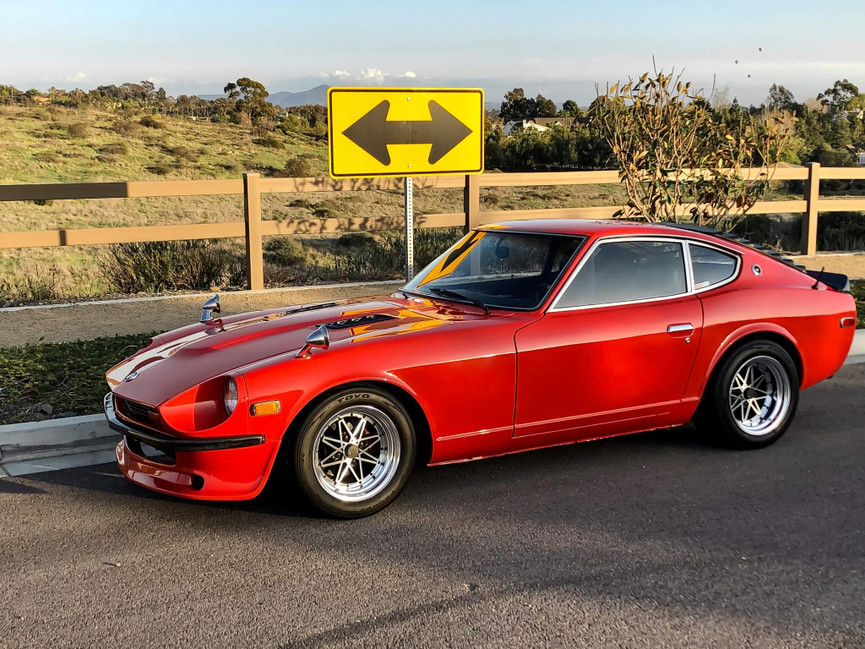Image of 1978 Nissan 280z, sourced from www.pcarmarket.com , Image Link.
Performance Metrics
Fundamental Metrics
Emotional Appeal
MMP Rating
| Engine Specifications | |
|---|---|
| Engine: | L28E I6 |
| Displacement: | 2.8L |
| Horsepower: | 170 hp @ 5600 rpm |
| Torque: | 163 lb-ft @ 4400 rpm |
| Compression Ratio: | 8.3:1 |
| Ignition System: | Electronic |
| Cooling System: | Water-cooled |
| Performance Specifications | |
| 0-60 Time: | 9.0 seconds |
| 1/4 Mile Time: | 16.5 seconds |
| Top Speed: | 125 mph |
| Transmission and Drive | |
| Drive Type: | RWD (Rear Wheel Drive) |
| Transmission Type: | 5-speed manual or 3-speed automatic |
| Fuel and Efficiency | |
| Fuel System Type: | Electronic Fuel Injection |
| MPG: | 20-25 MPG |
| Dimensions and Brakes | |
| Brakes: | Front Disc, Rear Drum |
| Wheelbase: | 90.7 inches |
| Weight: | 2,875 lbs |
Note: Specifications for classic cars are given to the best of our ability, considering the limited and variant data available.
The Unmistakable Allure of the 1978 Nissan 280Z
The year 1978 marked a milestone in the automotive world with the introduction of the Nissan 280Z, a car that seamlessly blended Japanese engineering with sports car aesthetics. As a direct descendant of the acclaimed Datsun 240Z and its successors, the 280Z was manufactured by Nissan, a company that had already established itself as a purveyor of reliable and innovative vehicles. This model stood out during an era when fuel efficiency began to take precedence due to the oil crisis, yet it managed to maintain the performance characteristics enthusiasts craved. A unique fact that stirs interest among aficionados is that the 280Z was among the first cars to use wind tunnel testing to improve its aerodynamics, which was quite revolutionary at the time.
Design and Innovation
The exterior styling of the 1978 Nissan 280Z was a harmonious blend of sleek lines and muscular contours, which gave it an unmistakable silhouette that remains iconic to this day. The interior was a testament to thoughtful design, featuring comfortable bucket seats and an ergonomic layout that prioritized driver engagement. Materials used within were a cut above what one might expect from a sports car in this price range, with options for luxurious touches like leather upholstery. Technologically, the 280Z showcased advancements such as electronic fuel injection—a rarity at the time—which enhanced both performance and fuel economy. Color options ranged from vibrant hues like Sunshine Yellow to more subdued tones such as Silver Metallic, with Racing Green being a particularly popular choice among enthusiasts. The two-seater coupe body style is perhaps the most iconic and sought after by collectors today, though there were also 2+2 models available for those requiring extra space.
Historical Significance
The Nissan 280Z's impact on automotive design was profound. It offered an affordable sports car experience without compromising on performance or style—a formula that many manufacturers have attempted to replicate since. Its introduction also coincided with a growing interest in Japanese cars in Western markets, helping to solidify Nissan's reputation internationally. What set this car apart from its contemporaries was its ability to offer genuine sports car thrills alongside everyday usability. This dual nature has contributed to its lasting influence on both automotive culture and design.
Performance and Handling
Underneath its sculpted hood lay a robust inline-six engine capable of propelling the 280Z to a top speed of around 125 mph. Acceleration from 0-60 mph was achieved in a respectable 7.4 seconds—a figure that made it competitive with many American and European sports cars of its time. Handling characteristics were praised for their balance; the car could tackle winding roads with poise while absorbing bumps with relative ease for a sports car. Driving a 280Z was an engaging experience—the engine's growl, the tactile feedback through the steering wheel, and the responsive throttle all contributed to an exhilarating ride.
Ownership Experience
The versatility of the Nissan 280Z allowed it to serve various roles ranging from daily driving duties to weekend show car status or even amateur racing endeavors. Its reliability was commendable, though like any classic vehicle, maintenance is key. The ease of repair for average owners is facilitated by a supportive community and availability of parts.
Fun Facts
Among some unique trivia about the Nissan 280Z is its association with famous personalities; several celebrities have been known to own these timeless machines. While not necessarily record-breaking in terms of speed or sales when compared to modern standards, it did set benchmarks for what could be expected from an affordable sports car. Criticism mainly centered around issues such as rust susceptibility—a common problem for many vehicles of this era—and some felt that emissions regulations had slightly dulled performance compared to earlier models.
Collector's Information
Today, the value range for a well-maintained 1978 Nissan 280Z can vary greatly depending on condition, mileage, originality, and other factors. While exact production numbers are hard to pin down, it's estimated that tens of thousands were produced during its run. As for price trends, there has been an appreciating value over time due to growing interest in classic Japanese sports cars. A pristine example could fetch anywhere from $15,000 to over $30,000 or more in today's collector's market.
Conclusion
The legacy of the 1978 Nissan 280Z is one of innovation, performance, and timeless appeal. It bridged cultural gaps in automotive preference and demonstrated that high-performance doesn't have to come at an exorbitant price. Whether you're an enthusiast looking back at automotive history or a collector seeking your next prized possession, the Nissan 280Z remains an emblematic figure in the world of classic cars.
1978 Nissan 280z Catalog of Parts
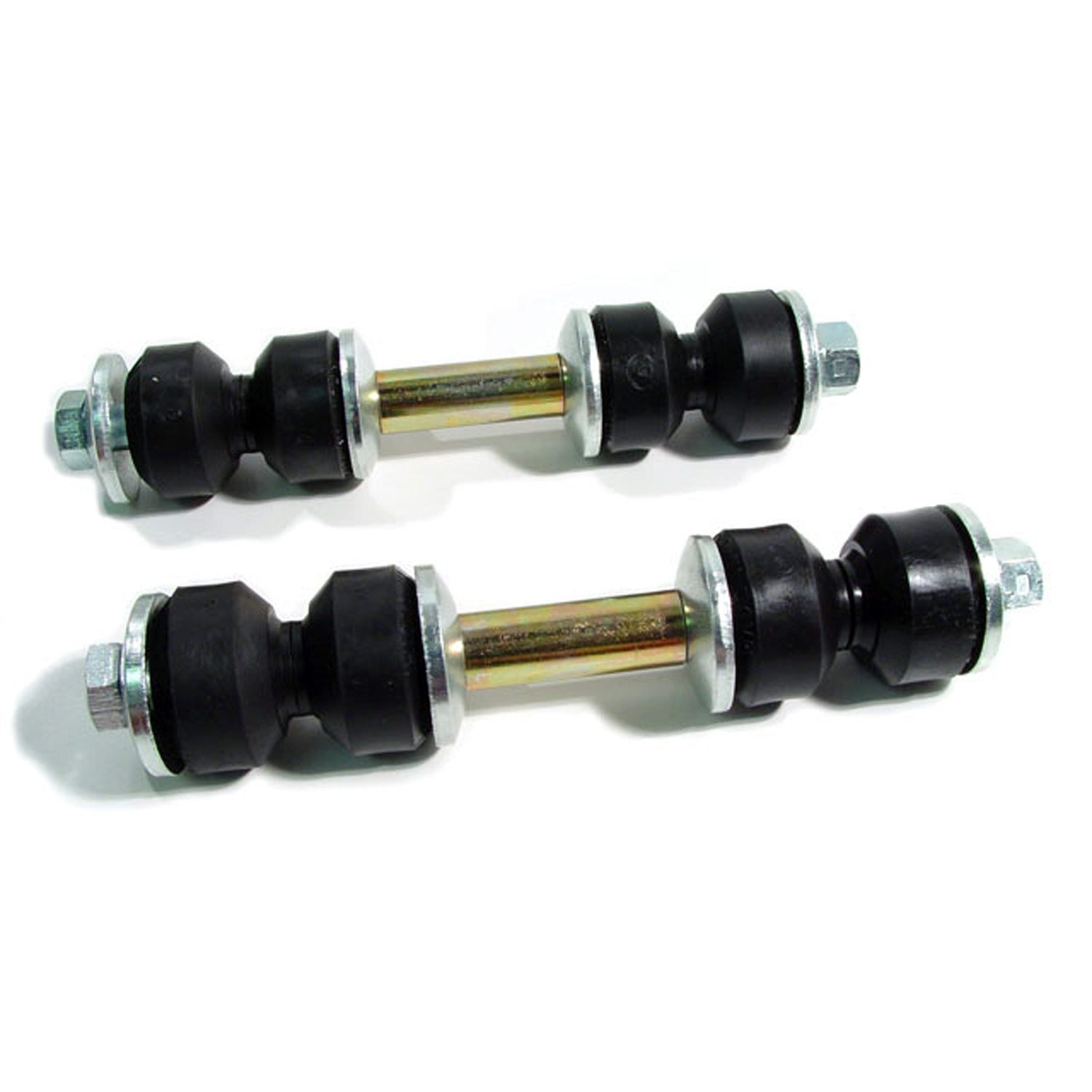 1978 Nissan 280Z Front Stabilizer End Repair Kit-BNK 22Front Stabilizer End Repair Kit. 22-piece set for two stabilizer bars. Contains all rubber bushings, washers, bolts and nuts, enough for one front end. Set
1978 Nissan 280Z Front Stabilizer End Repair Kit-BNK 22Front Stabilizer End Repair Kit. 22-piece set for two stabilizer bars. Contains all rubber bushings, washers, bolts and nuts, enough for one front end. Set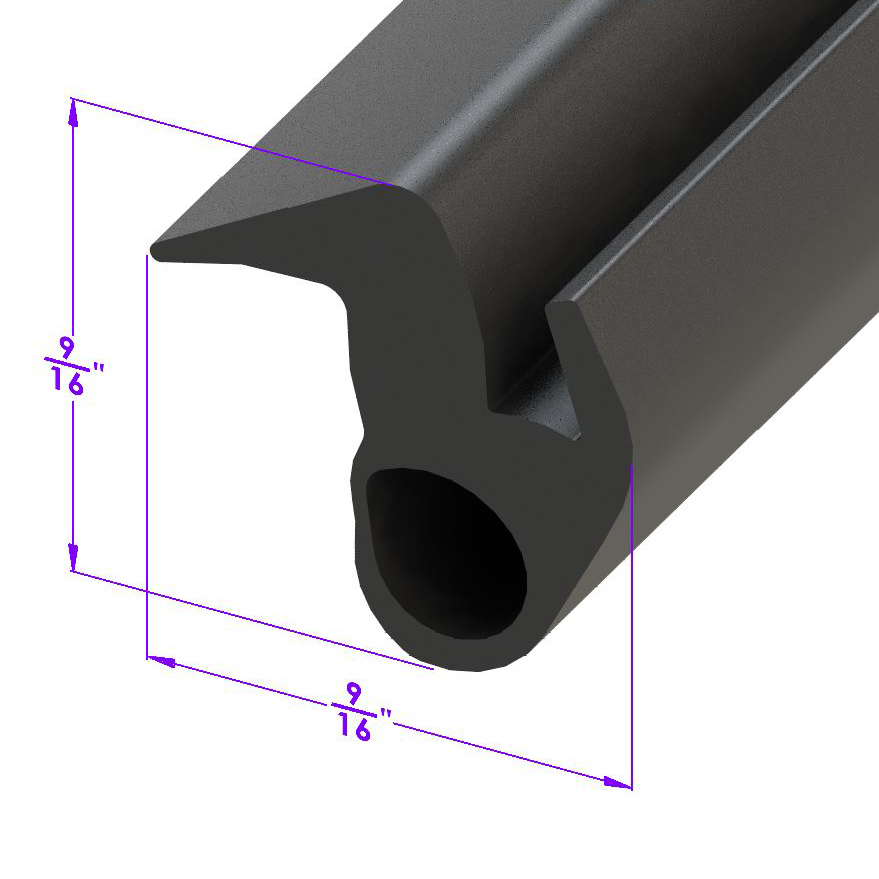 1978 Nissan 280Z Back Hatch Seal. Sold by the foot-LP 103-CBack Hatch Seal. Sold by the foot
1978 Nissan 280Z Back Hatch Seal. Sold by the foot-LP 103-CBack Hatch Seal. Sold by the foot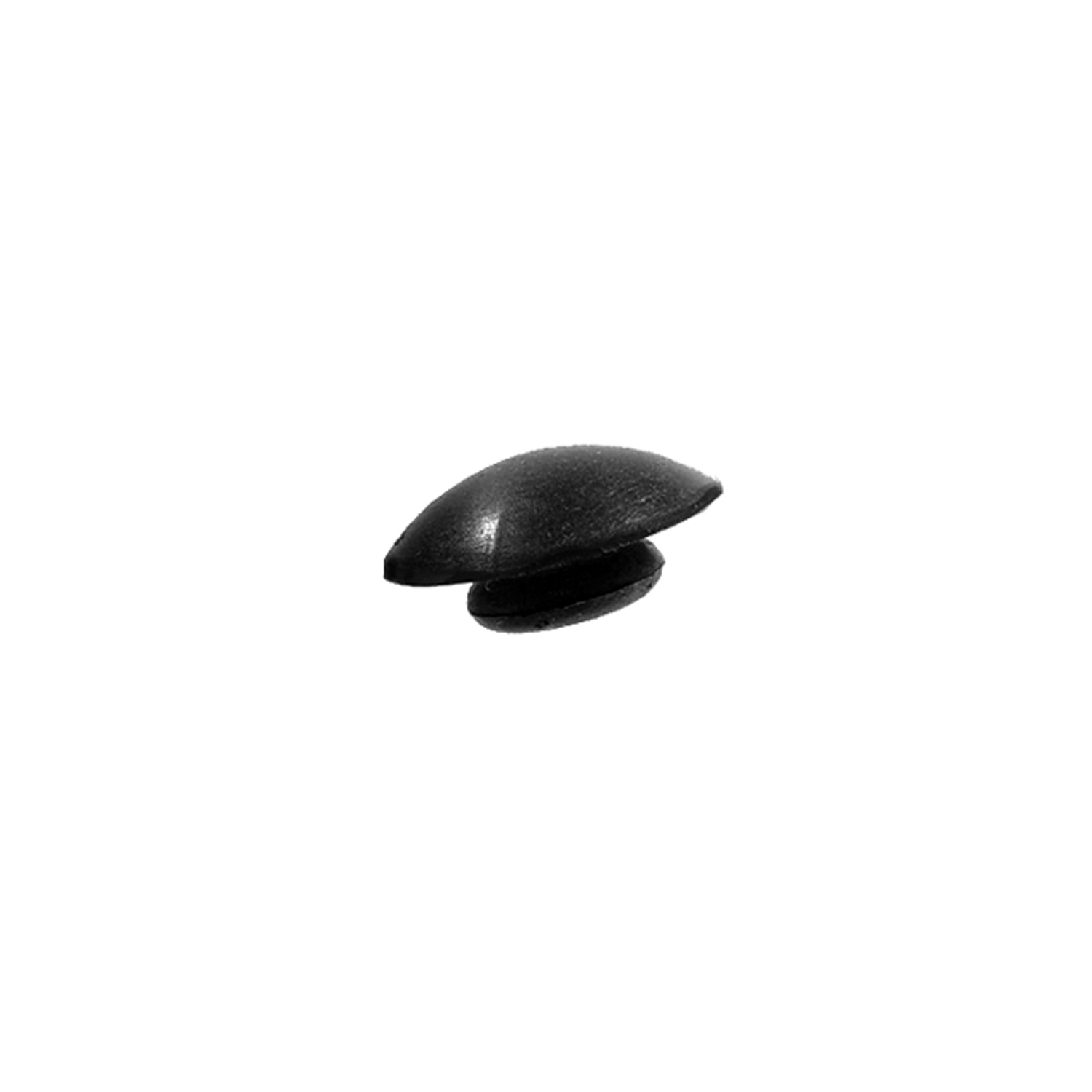 1978 Nissan 280Z Trunk Bumper. Each-SB 95-ATrunk Bumper. Each
1978 Nissan 280Z Trunk Bumper. Each-SB 95-ATrunk Bumper. Each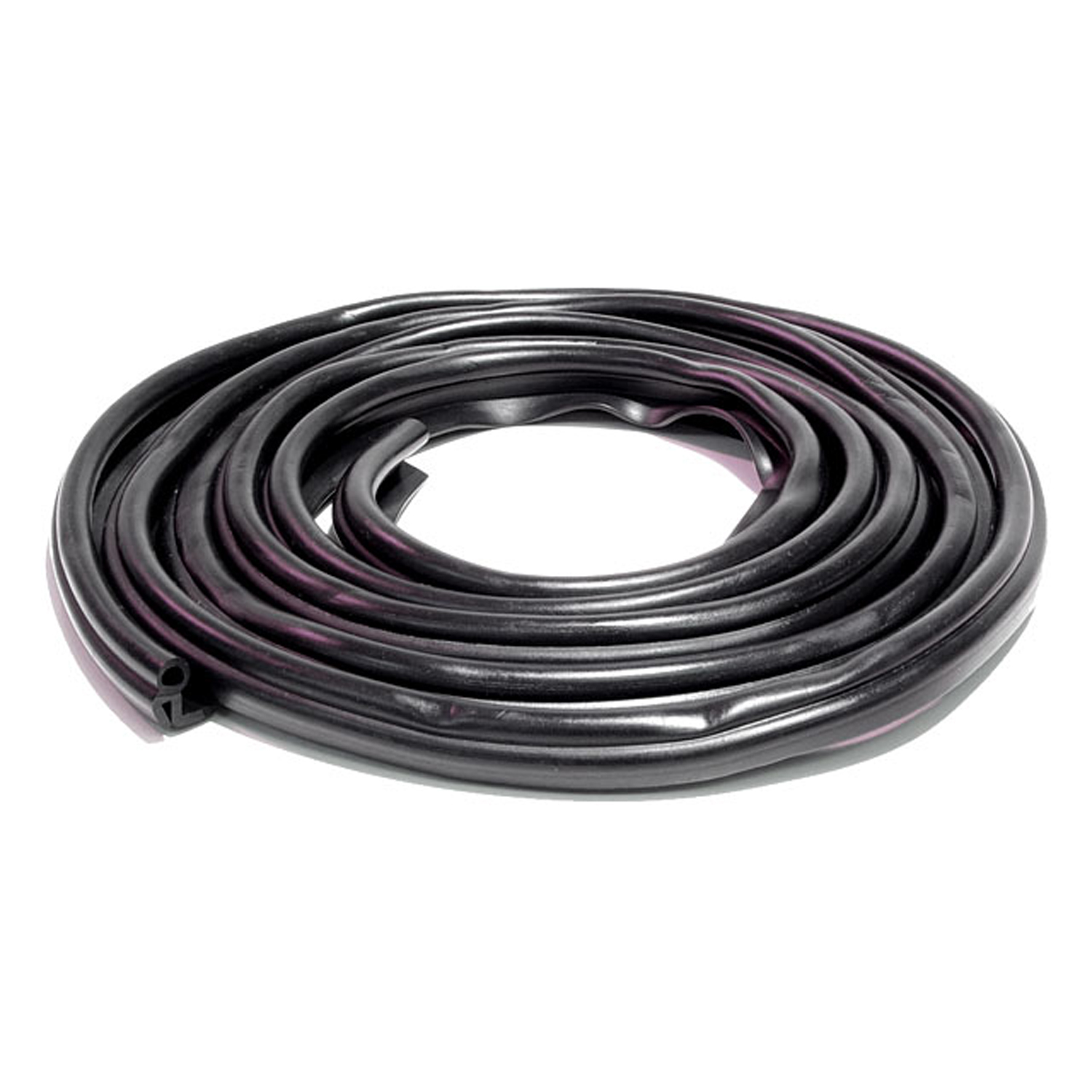 1978 Nissan 280Z Deck Lid Seal. 9 feet long. Each-TG 20Deck Lid Seal. 9 feet long. Each
1978 Nissan 280Z Deck Lid Seal. 9 feet long. Each-TG 20Deck Lid Seal. 9 feet long. EachWhy Choose Metro?
For over 100 years, Metro Moulded Parts has been the pinnacle of quality in classic car restoration parts. Our commitment to precision and authenticity in every component ensures a perfect fit and an OEM-level appearance.
- Expert Craftsmanship & Quality: Each part is a testament to our dedication to reliability and perfection, crafted from original designs and thoroughly tested.
- Advanced Technology: We use cutting-edge techniques to create flawless, long-lasting parts that surpass others in performance.
- SuperSoft Sponge – The Ultimate Door Seal: Not only are our door seals 30% softer than competitors', but they're also guaranteed to never leak. They effectively reduce wind and road noise, enhancing your classic car's comfort and driving experience.
- Proudly American: Our parts are a product of American craftsmanship, made in the USA with a spirit of excellence and heritage.
- Unrivaled Warranty: We back our products with a 30-year industry-leading warranty, a testament to our confidence in their quality.
Join us in preserving the legacy of classic cars with parts that are crafted for perfection, not just made.

